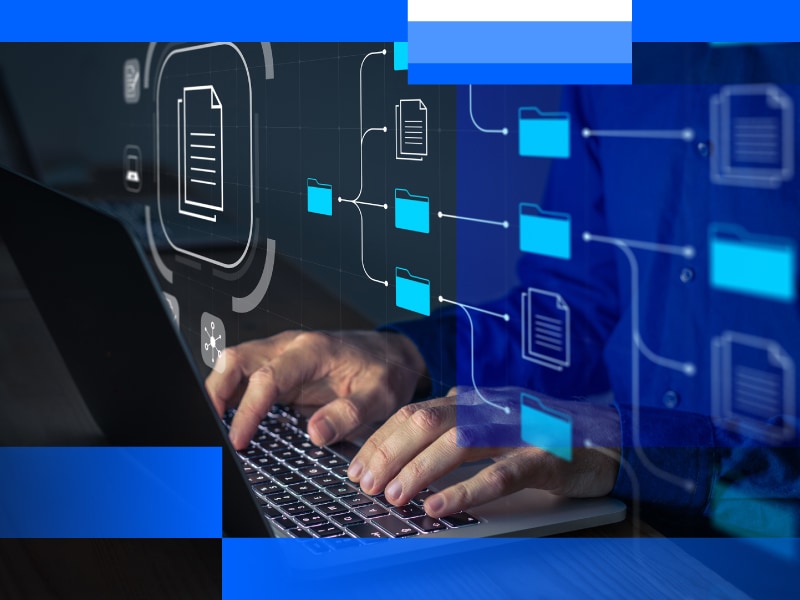Home > XtractEdge > Blogs > Cognitive Machine Reading helps meet data extraction challenges – Learn how
Cognitive Machine Reading helps meet data extraction challenges – Learn how

The volumetric rise of unstructured documents across industries and the onset of the pandemic have led to diversified challenges that have compelled enterprises to implement end-to-end process automation. Against this backdrop, organizations have shifted their focus towards revamping their strategies and digitizing their business process solutions entirely.
To combat these mounting data challenges, it has become imperative for enterprises to integrate and orchestrate a wide variety of cognitive technologies. For capturing all unstructured data types, enterprises have been applying Optical Character Recognition (OCR). However, OCR helps enterprises capture only structured data. This is where Cognitive Machine Reading (CMR) can step in as the potential solution, disrupting the processing complexities of intricate data.
Cognitive Machine Reading or CMR – An advanced alternative to OCR
OCR is a customary data ingestion solution that can extract structured data but fail to do so the unstructured ones. Also, integrating OCR into the documents does not guarantee that the data will be captured accurately and requires human intervention. OCR is not able to process all forms of data like fixed filed text except for structured data. Thus, a large amount of unstructured data remains untouched with the digital transformational journey getting derailed.
Therefore, the role of CMR comes into play. CMR, also known as Cognitive Document Processing, eliminates manual intervention for inbound document capture and extraction by digitizing the documents and authenticating essential data.
CMR automates the data extraction process from the structured and unstructured documents that comprise:
What is Cognitive Machine Reading?
Cognitive Machine Reading is an end-to-end business process solution that empowers enterprises to overcome the constraints of digitizing unstructured data and extracting knowledge from the identified credentials of the documents.
CMR “uses ‘pattern-matching via content-based object retrieval methods and is proving very effective in digitizing a full range of data formats, extracting and structuring data, applying business rules and enabling rapid downstream processing.” 1
Some data extraction challenges:
How does CMR improve your business?
CMR expands automation scope: According to reports, 85-90% of insurance documents require manual effort to extract, validate and structure the data.2 It offers enhanced results by automating deeper processes in addition to the more intricate data ones.
Improved data certainty and accuracy: When dealing with billings of loading documents and invoices, CMR endorses a high level of data assurance with an increased ratio that reduced the billing miscalculations and managing time by 63%.3
Faster ROI: Due to simplified configuration and quicker implementation by using smaller data sets for training, CMR improves automation with pace and efficiency. This leads to quick ROI.
Enhanced employee skills and performance: Employees can gain from self-learning algorithms with CMR that will enable them to perform their jobs better and faster as it eliminates the repetitive, labor-intensive tasks such as collecting appropriate statistics or renewing client records effortlessly, thus increasing overall employee productivity.
CMR – An end-to-end solution to digitizing data
According to an SSON report, most of the data embedded in enterprises is still largely unstructured, and thus limits true progress towards digitalization.
How can enterprises address this document processing gap?
OCR is not sufficient to process all the data forms except the structured data. Therefore, enterprises today are implementing Cognitive Machine Reading as it helps overcome data challenges and scale automation, resulting in better ROI and improved business processes.With CMR, enterprises can bid goodbye to the challenges of managing unstructured data and achieve scale. It helps convert business documents, such as hand-printed forms, invoices, and correspondence into structured information.


Possibilities Unlimited
Possibilities Unlimited
Inspiring enterprises with the power of digital platforms
More blogs from EdgeVerve →